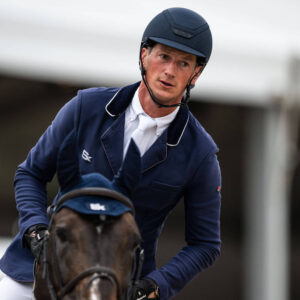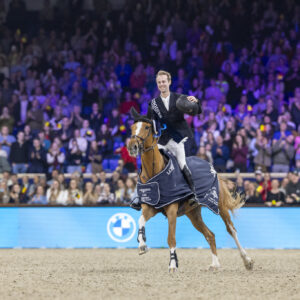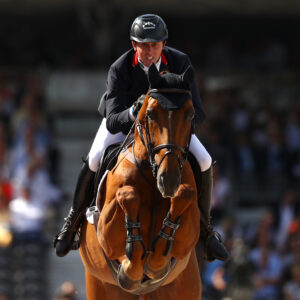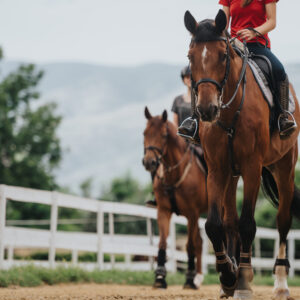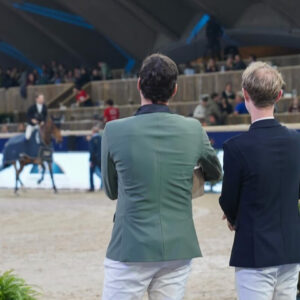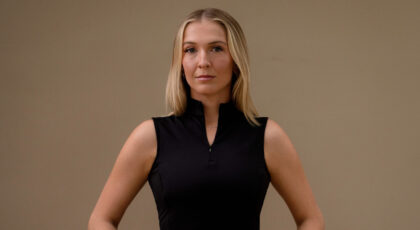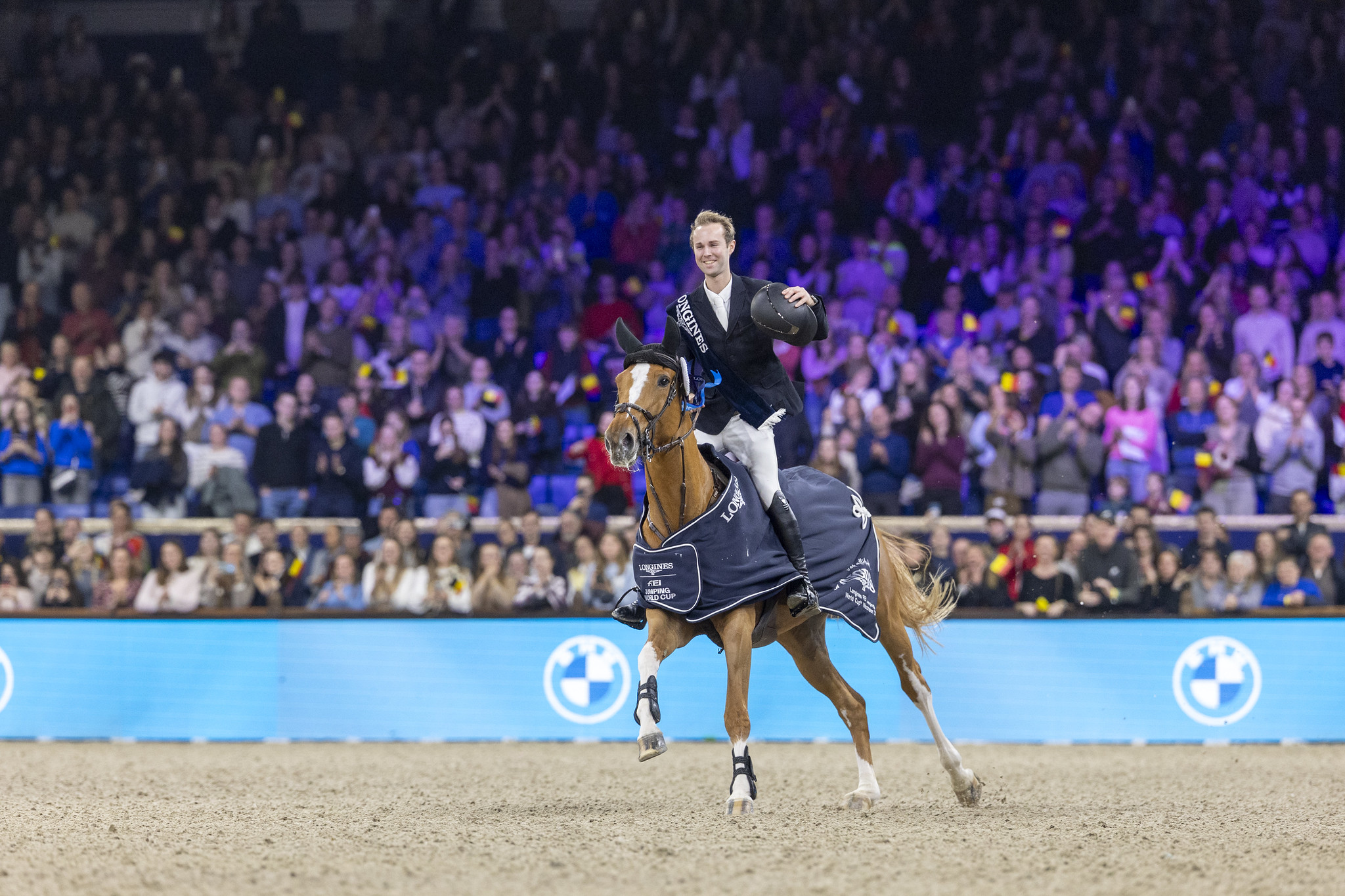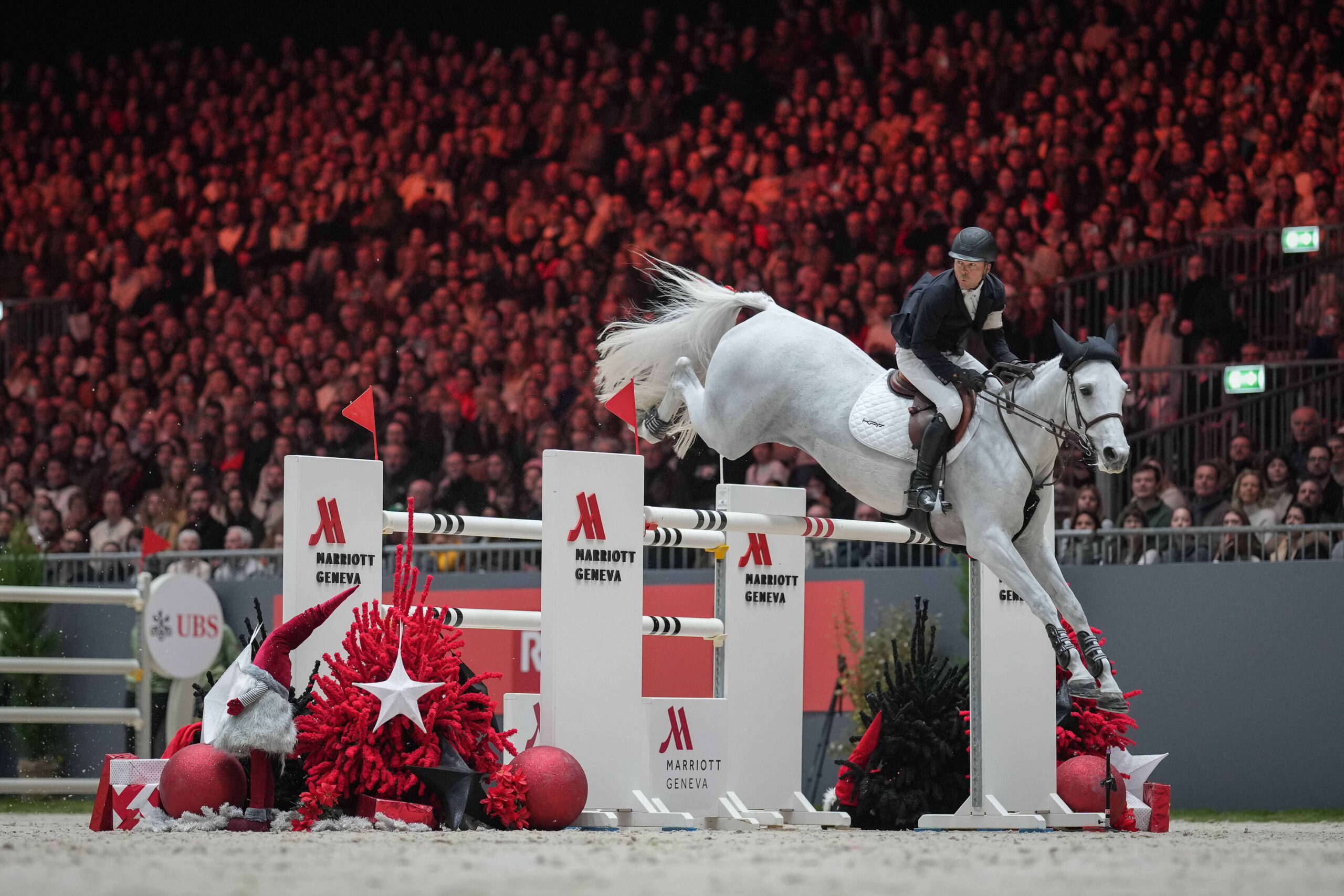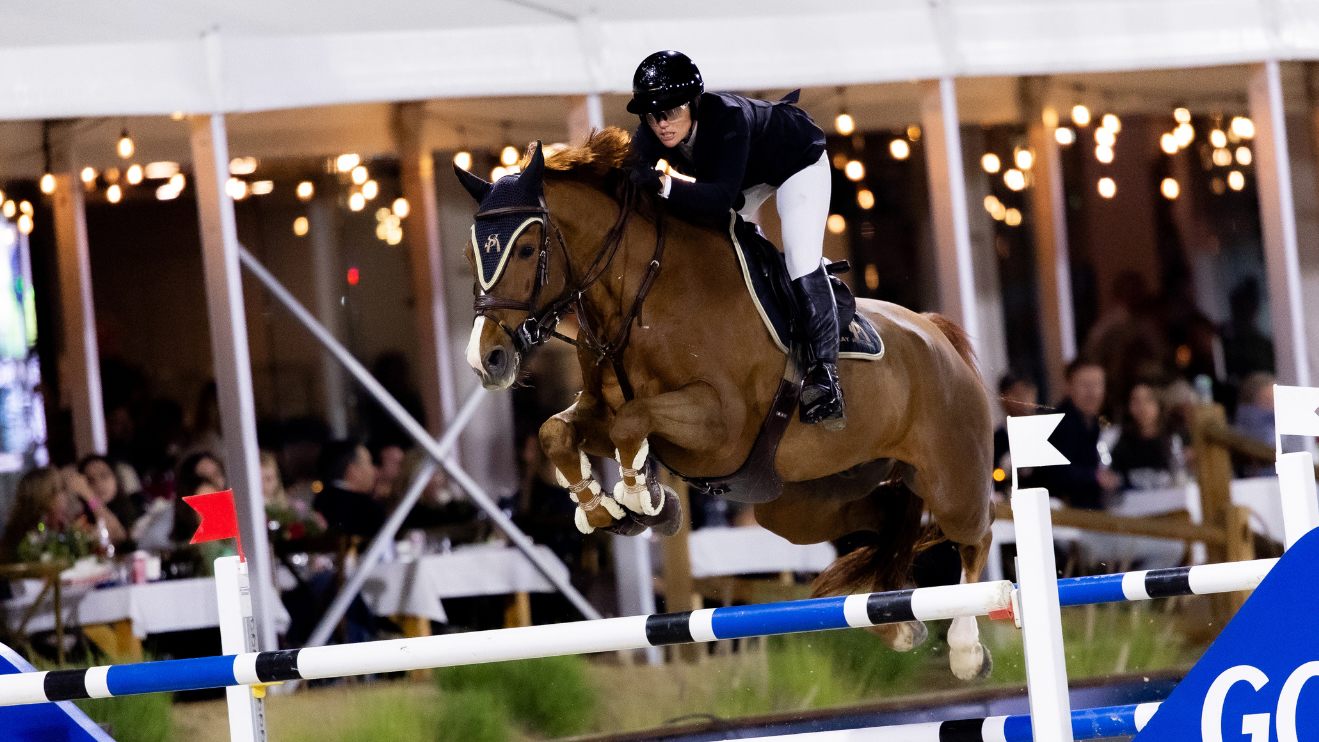Who doesn’t want a reason to take a bow? Teaching your horse a few simple tricks can absolutely be fun for you both, but did you know that some tricks also offer physiological benefits? The Plié, for example, stretches the horse’s forehand, shoulders, and back. In the movement the horse lowers his head deeply and brings it between his stretched forelegs as he shifts his weight a bit toward his hindquarters. As this takes places, his neck should stay long and relaxed.
Teaching your horse this trick is fairly straightforward if you use positive reinforcement in the form of treats. Here is how it is explained in The Handy Book of Horse Tricks by Sigrid Schöpe:
***
How to Begin
In the start position, the horse should stand so that his two forelegs are side by side but not too close together—he will need to be able to get his head in between them. The hind legs stand a little wider apart, in order for the horse to maintain balance. Most horses self-correct to ensure this.
Take a treat (note that often this exercise works best with a carrot, as the horse can see it) and slowly bring it to the ground in front of your horse’s forelegs. Your horse will try to follow this movement. When his head comes down, allow him to eat the treat from the ground.

©Horst Streitferdt /Kosmos
What’s Next?
In the second step, again take the treat down in front of his forelegs, but then quickly change hands so that you’re holding it behind his front legs instead of in front of them. Give a voice command (“Plié”) and tap your horse lightly under his belly, at girth level. Then move your hand back a bit, allowing it to come down toward the ground as you do so. Does the horse’s head follow? Make sure the horse keeps his forelegs stretched and shifts his weight backward. If it isn’t working, start over.

©Horst Streitferdt /Kosmos
A Deep Bow
It’s uncomfortable for many horses to keep their legs stretched out in front. They try to avoid the stretch and bend their joints. To avoid this issue, end the exercise just before he begins to bend his legs. Reward the horse, allow him to exit the position, and start again from the beginning. With each try, you should attempt to bring your hand a little farther back, without having the horse bend the fetlock joints. When the exercise is done correctly, your horse will have his forelegs stretched before him and his head between his legs, with his forehead on or almost on the ground. The horse should only hold this position for a short time (it’s strenuous).

©Horst Streitferdt /Kosmos
This excerpt from The Handy Book of Horse Tricks by Sigrid Schöpe is reprinted with permission from Trafalgar Square Books (www.horseandriderbooks.com).

 January 7, 2019
January 7, 2019 









